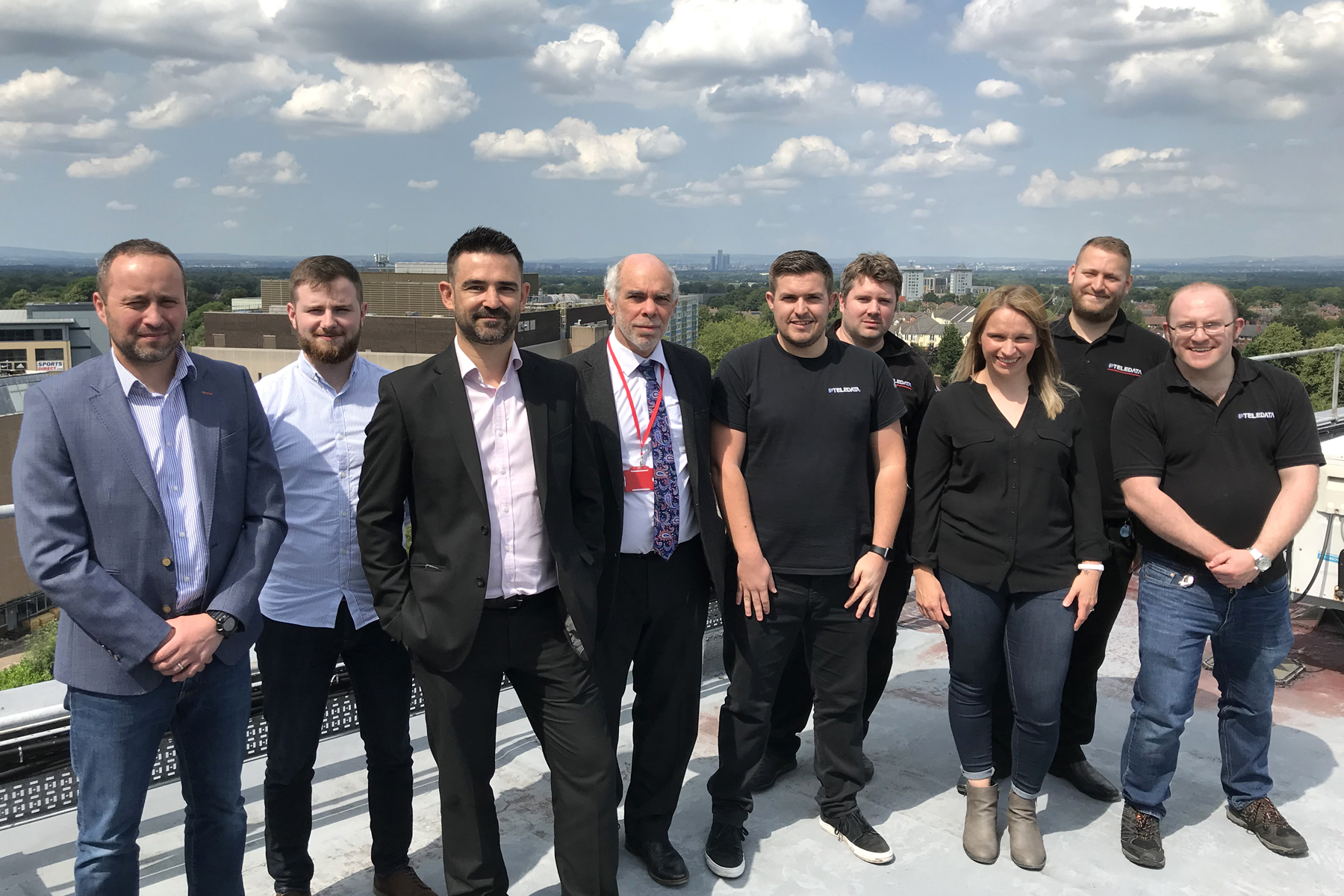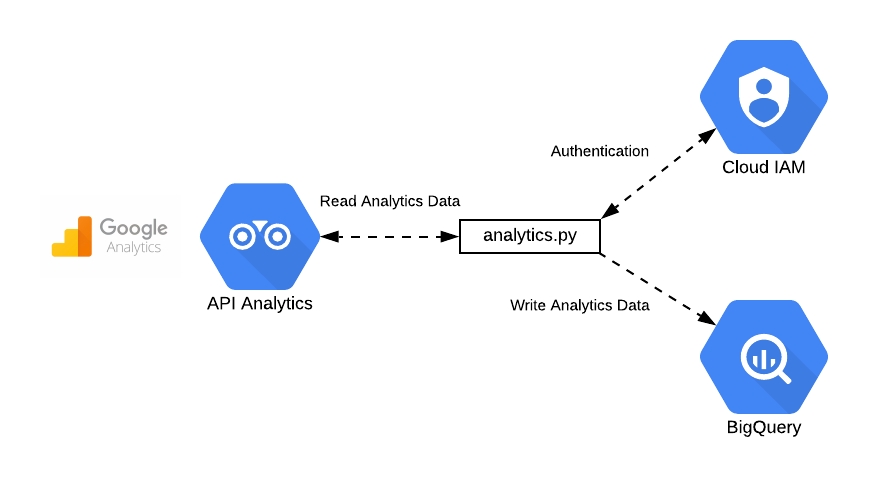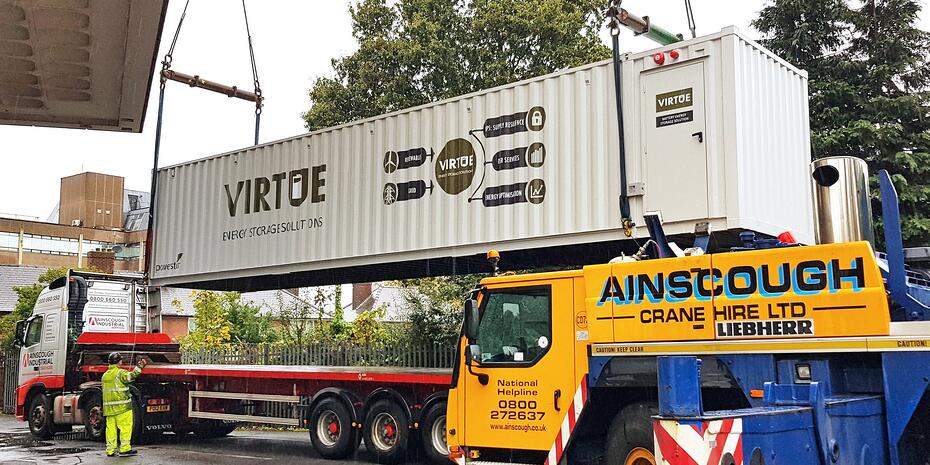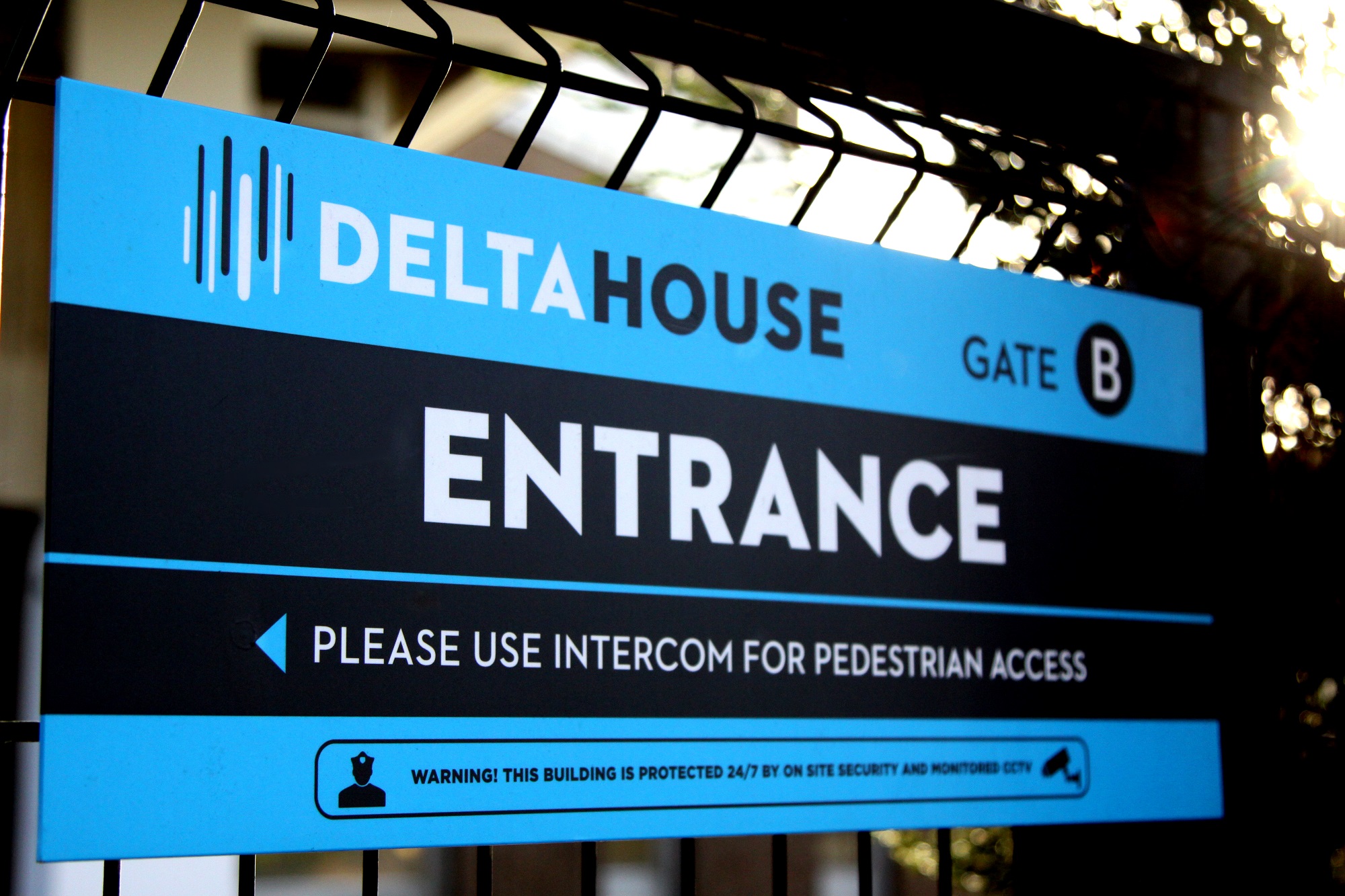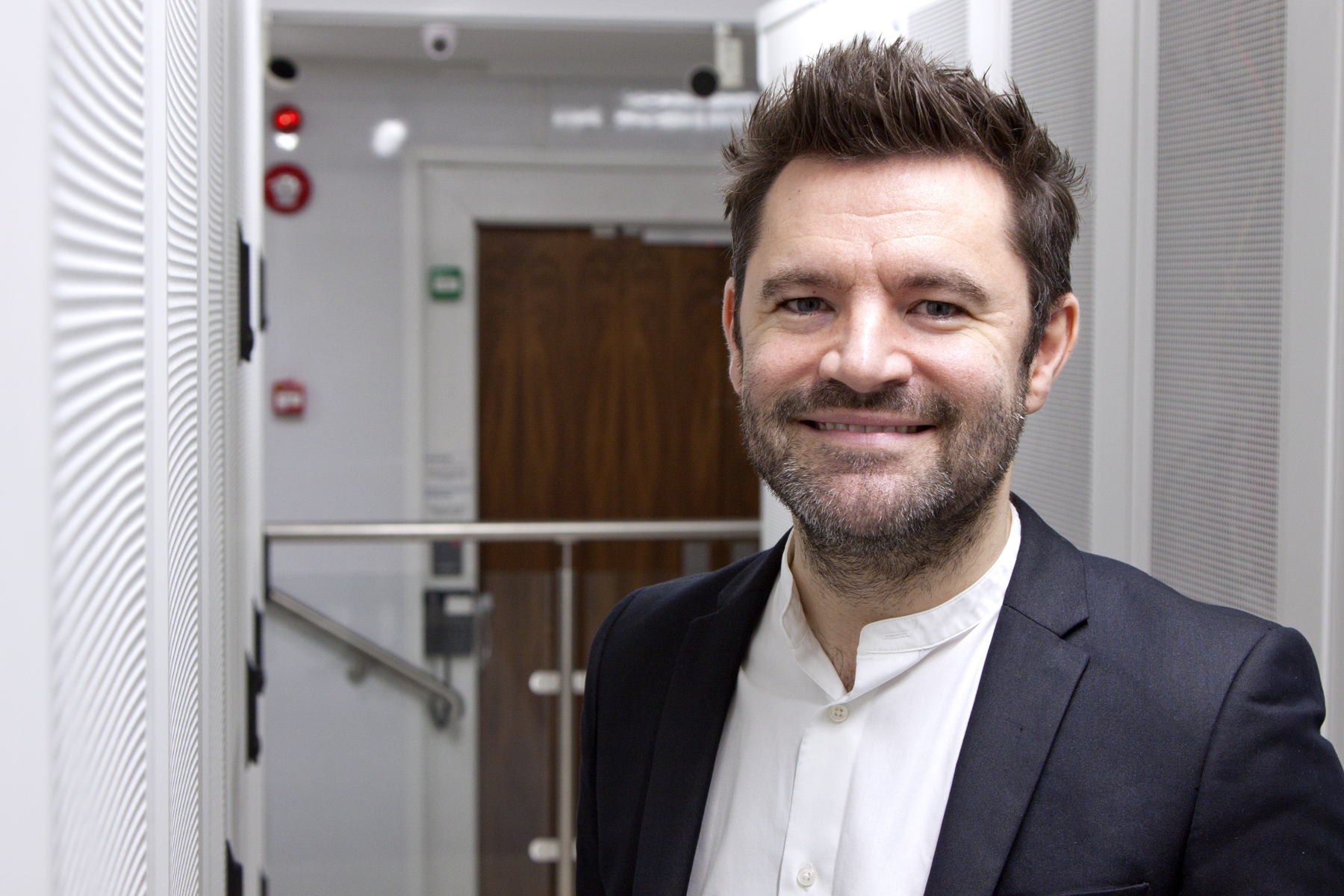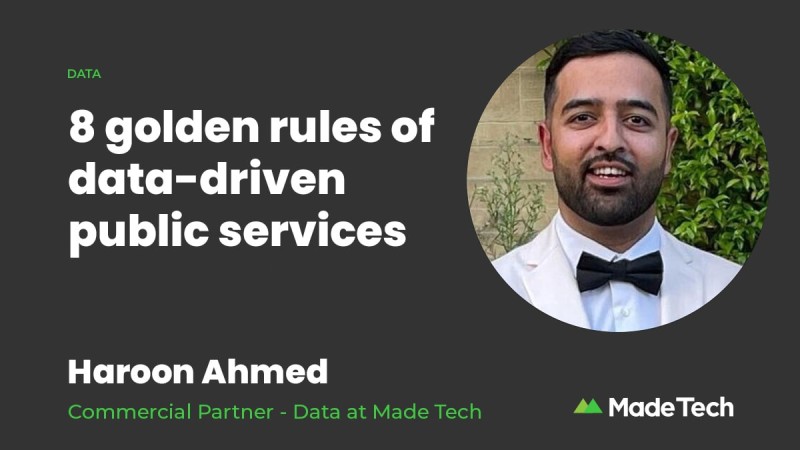
To set the public sector on the right path in their digital projects, we want to challenge organisations to step away from their traditional methods. In this post I want to dig into what you really need to have in place, and what to understand to make your next data-driven project a success.
1. Always have a purpose
Working with data, you have to know what you want to do with it. It’s no good having valuable data and wondering how to use it. Organisations should look at what they already have and what they need to get a specific thing done, rather than simply collating data for its own sake. That’s when you can bridge those two gaps to make things happen and improve services for citizens.
2. Make your data compatible
There’s so much data out there locked away in private or proprietary systems. If we don’t have data that can be moved easily between systems and platforms, it’s never going to be of maximum value to your organisation. You wouldn’t leave your best crockery stuck in a cupboard that no one’s ever going to use, so why would you do the same with your data?
3. Data standards exist: stop reinventing them
Data standards help your organisation to use data, but also allow other suppliers and partners to understand it much more easily and quickly too. They’re guidelines we use to describe and record data, allowing us to standardise the format and better understand the meaning.
If all you’re doing is using different standards and multiple ways of doing things, you can’t seamlessly slot things together. This risks spending too much time trying to understand or rework your results, and that’s when you lose all momentum.
4. If a data set isn’t truly unique, don’t call it that
So many different data sets overlap and they all claim to be the single version of the truth. They’re not. You need a unified setup. As an example, the fire and rescue service might call one building “Smith Street Hotel”, the council calls it “15 Smith Street” and the ambulance service calls it “15-18” Smith Street”.
Each name might be unique to their organisations, but when we’re talking about bringing data together you need one way of understanding everything. Unless you’re using those standards mentioned earlier, you’re going to draw your data together in one place with lots of confusion.
5. If your data isn’t easy to understand, it’ll never become information
There’s a subtle difference between data and information. Data are facts, while information is how we’re going to use those facts to inform something. This is where data-led decision making helps us improve services. But this won’t happen if those facts are difficult to understand or if you’re over-complicating it.
6. Simplicity is king
Try to make your data simple and easy to understand. And not just for technical folk or those who are involved in understanding it. Decision makers are rarely data scientists. So if you’ve got an elected official or a senior manager, find ways of making it easy to understand.
Use dashboards, visual graphics and different tools to turn that data into something accessible. Because if they don’t understand it quickly, they’re never going to use it. We want people to be using, owning and curious about it. Ultimately they’re the ones making decisions and if they’re doing it based on incomplete or inaccurate information then it’s going to go awry.
7. Ask the right questions or you’ll end up with the wrong data
If you don’t know what you’re trying to get out of your data then you’re never going to find the information you need. You might stumble across it by luck but that’s that’s rare.
In most organisations, you’ve got research or engagement specialists who can take the results you need to achieve and then work out how to get that data. It’s important to understand if you’re not doing that or you’re asking questions in different difficult ways. This could be as simple as phrasing things in a very open way when actually you want closed data, or vice versa. It’s also important to be really clear about what you’re asking, otherwise you’ll get random stats that won’t help your cause.
8. Seriously – have a purpose
Know what you want to do and then do it. Don’t do random things hoping everything will come together or that you might stumble across a solution. Having a point to what you’re doing helps you truly be purpose-driven with your decision-making and data collection. When you have a good story to tell and supportive data, senior leaders can make great decisions that impact people’s lives for the better.
9. Building good practice
These are 8 simple ideas to get your head around as they’re not too technical. By first focusing on introducing these golden rules, you can set up good practice. After all, the first step in building a strong culture around data is helping everyone in your organisation to understand its benefits. That’s how we can begin to level up our public sector, supporting organisations in building real data-driven services for society.
If you’d prefer to see these ideas in a video, you can watch Glen Ocskó’s original talk from The GovX Show. And, why not subscribe to our Made Tech Insights newsletter to get new blog posts straight to your inbox.
